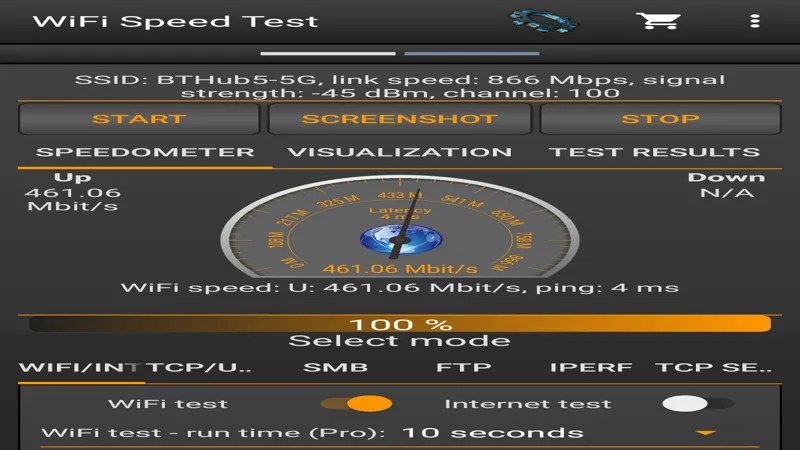In today’s digital age, a reliable internet connection is more important than ever, yet many users remain uncertain about how to accurately measure their Wi-Fi speeds. Internet speed tests can provide valuable insights, but understanding what those numbers truly mean is essential. From download and upload speeds to metrics like ping and jitter, each element plays a crucial role in determining your network performance. This guide will explore how to conduct a speed test, interpret the results, and ultimately enhance your internet experience, ensuring you get the most out of your connection.
| Category | Details |
|---|---|
| Internet Speed Tests | Results can vary due to changing network conditions; single results may not be reliable. |
| Key Measurements | Download and upload speeds measured in Mbps (Megabits per second); ping and jitter reflect network health. |
| Conducting a Speed Test | Use sites like Ookla’s speedtest.net, fast.com from Netflix, or Google’s built-in speed test; results can vary. |
| Download Speed | Indicates how fast data is transferred from the server to your device. |
| Upload Speed | Reflects the speed at which data is sent from your device to the server. |
| Types of Connections | Symmetrical (equal upload/download speeds) and asymmetrical (slower upload speeds). |
| Ping | Measures round-trip time for data packets; lower numbers are better, especially for gaming. |
| Jitter | Measures variability of ping; lower numbers indicate a more stable connection. |
| Wi-Fi vs Internet Speed | Speed tests over Wi-Fi may not represent true internet speed; affected by the slowest link in the chain. |
| Improving Wi-Fi Speed | Consider wired connections and various techniques to enhance Wi-Fi performance. |
Understanding Internet Speed Tests
Internet speed tests are tools that help us measure how fast our internet connection is. When you run a speed test, it shows you important numbers like download and upload speeds, which are measured in Mbps (megabits per second). These numbers tell you how quickly you can receive and send data online. However, it’s important to remember that results can change based on many factors, like the time of day or how many devices are using the internet.
When you conduct a speed test, you might notice different results from different websites. This is because the internet is a complex system, and many things can influence your speeds. For example, if too many devices are connected to your Wi-Fi, it might slow down. Also, other activities like streaming videos can affect the test results. Therefore, it’s best to run tests at different times and under different conditions to get a clearer picture of your internet speed.
Frequently Asked Questions
What is an internet speed test?
An internet speed test measures how fast your connection downloads and uploads data, helping you understand your internet performance.
How do I run a speed test?
To run a speed test, visit a site like speedtest.net, click ‘GO’, and wait for the results to show your download and upload speeds.
What do download and upload speeds mean?
Download speed shows how fast data comes to your device, while upload speed indicates how quickly data leaves your device, both measured in Mbps.
What is ping and why is it important?
Ping measures the time it takes for data to travel to a server and back. Lower ping is better, especially for online gaming.
What is jitter and how does it affect my connection?
Jitter shows the variability of your ping over time. Low jitter means a stable connection, while high jitter can cause issues during online activities.
Why do Wi-Fi speed tests show different results?
Wi-Fi speed tests can vary due to many factors like distance from the router, interference, and network conditions, affecting reliability.
How can I improve my Wi-Fi speed?
To improve Wi-Fi speed, try reducing device usage, moving closer to the router, or using wired connections for better performance.
Summary
Wi-Fi speed tests help measure your internet connection’s performance but can vary due to changing network conditions. Key results include download and upload speeds, shown in Mbps, which indicate how quickly data is received and sent. Additionally, ping and jitter are important metrics; lower values suggest better performance. Popular speed test sites like Ookla and Netflix’s fast.com provide quick insights, though results may differ. Understanding these factors ensures you get the speeds you pay for and can help troubleshoot any issues with your internet connection.
